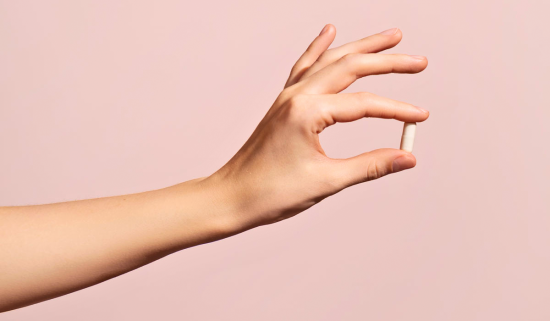Rosacea Blog Posts
We’re here to tell you what we know, but don’t take it as medical advice. Talk to your medical provider about your specific health concerns.
Latest from Curology

Metronidazole for the treatment of rosacea—and why it might not be for you
This antibiotic is not suitable for everyone.

How to treat rosacea and oily skin with the right ingredients
Rosacea and oily skin are common conditions. Here are some skincare ingredients that may help you address them.

How to treat thickened skin caused by rosacea
Early treatment can help prevent this side effect of rosacea.

Everything you need to know about rhinophyma, a severe symptom of rosacea
Just because you have rosacea on your nose doesn’t mean you’re dealing with this condition.

4 facial treatments that can help manage rosacea symptoms
Prescription-strength rosacea treatments and simple lifestyle changes can reduce symptoms.

Fact vs. fiction: the best skin treatment for redness and rosacea
Treatments that work for facial redness may also work for rosacea! Here’s what you need to know.

Worried about cheek acne? Here’s how to help treat it
Various factors can cause this common form of blemish, but being aware of what touches your face and using the right acne treatment may help alleviate it.

How to calm rosacea flare-ups—including redness and burning
Help prevent flare-ups that can cause redness, dilated blood vessels, and inflamed acne-like blemishes.

Everything you need to know about treating chronic rosacea
To minimize rosacea flare-ups, you’ll have to know what causes them in the first place.

Can rosacea spread to other parts of your body? What you need to know
Rosacea is most common on your nose, cheeks, chin, and forehead, but it can also occur on your chest, ears, neck, and scalp.

How to get rid of blemishes? Common types, and treatment options
Understanding your blemishes will help you to prevent and heal them. Here’s what you need to know.

8 oral medications for acne that are proven to work
Persistent breakouts can be incredibly frustrating—but the right oral medication for acne may be able to help.